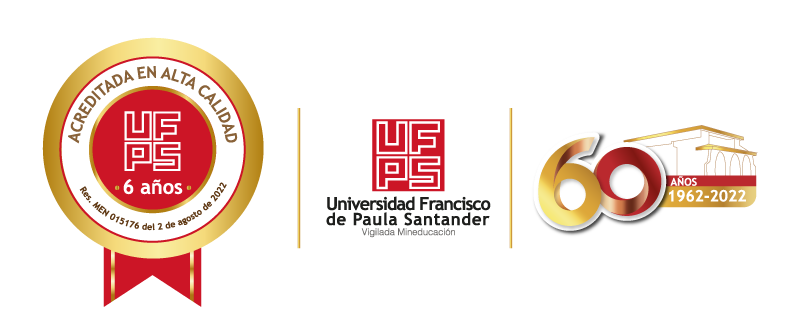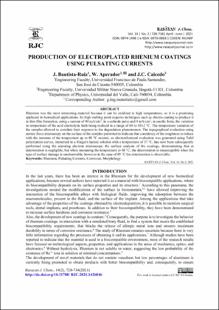Production of electroplated rhenium coatings using pulsating currents
...
| 2021-06
Rhenium was the most interesting material because it can be oxidized at high temperatures, so it is a promising
applicant in biomedical applications. Its high melting point requires techniques such as electro-coating to produce it
in thin-film formation, using a current of 40 mA/cm2
, in a cathode pulse and 4 mA/cm2
, in anodic form, the variation
in temperature of the acid electrolytic bath being realized in a range of 60 to 85±2 °C. The temperature variation of
the samples allowed to correlate their response to the degradation phenomenon. The topographical evaluation using
atomic force microscopy on the surface of the samples permitted to indicate that a tendency of the roughness to reduce
with the increase of the temperature up to 80 °C existed, an electrochemical evaluation was generated using Tafel
polarization curves, immersed in a Ringer's lactate solution with a temperature of 37 °C, has now been subsequently
performed using the scanning electron microscope, the surface analysis of the coatings, demonstrating that at
deterioration is negligible, but when increasing the temperature to 80 °C, the deterioration is imperceptible when the
type of surface damage is unobservable, however in the case of 85 °C the deterioration is observable.
LEER










